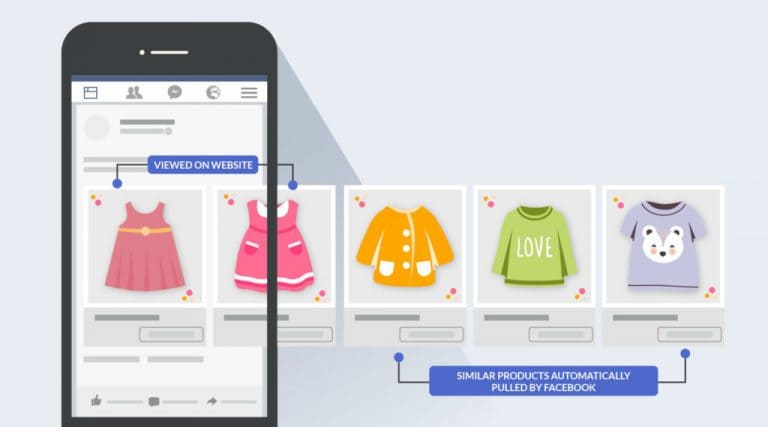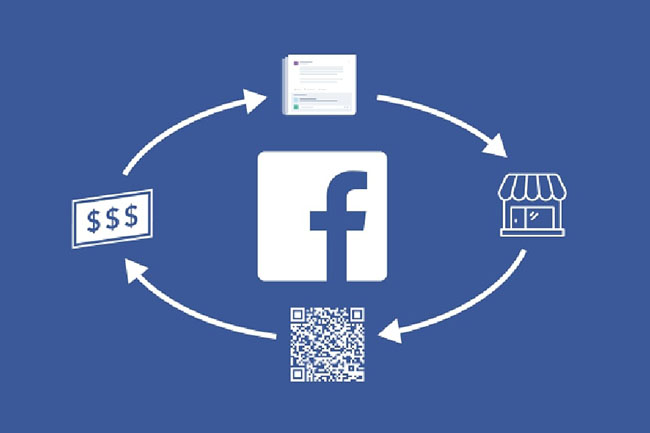Social media is one of the environments where people spend the most time today. In order to benefit from this situation, companies are pursuing a strategy of gaining new customers by showing their presence on these sites with advertisements. It offers advantageous opportunities to companies with the advertising opportunities it offers on Facebook, one of the most preferred social media applications by people.
Driving traffic to the site and making sales through advertisements published on special days such as Mother's Day and Valentine's Day is a common way of campaign management. On the other hand, ensuring the continuity of your sales will both increase new customer acquisition and increase the annual basket value of your existing customers with cross-selling opportunities. In order to do this, it is necessary to give your current and potential customers what they want. So, at this point, what does your customer want and how can you understand it? At this point Dynamic Ads (DR) stands out.
With the DR model offered by Facebook, you have the opportunity to show every customer the product they are looking for, with creatives that change and develop in line with user searches in the Business Manager where you upload your product catalog. If we expand a little more;
For example, you have an e-commerce site and 1,000 products in different categories and features. On the one hand, you are trying to sell a hoverboard to a university student between the ages of 18-25, and on the other hand, you are trying to sell a bottle to a new mother over the age of 30. While doing all this, you also need to sell cake molds to new brides and marbling sets or sudoku books to retirees over the age of 60 in accordance with their hobbies.
First of all, let's say this; It is not possible to target these audiences at once. You can set up separate campaigns for each target audience, but there is a better alternative; Let your customers create your ads on your behalf.
DR is fed from two sources due to its structure;
1) Your product catalog
2) User behavior
Information about the actions your users take on your site and the products they search for Facebook pixel is followed by. Then, this data is processed and your product catalog is fed and advertisements about the products the user is looking for appear in the user's feed. In other words, a user looking for a razor on your site will see a razor ad the next time they log in to Facebook. In summary, you set the campaign settings, but your customers create your ads on your behalf.
Advantages of Dynamic Ads

Save Time
Instead of dealing with each of your campaigns one by one, you can create a universal template and let Facebook do the rest.
Continuity
By keeping your campaign constantly open, you can increase your sales by showing new products to new customers, increase your earnings per customer by showing higher priced products to your old customers, and double your turnover with cross-selling opportunities.
Cross-Platform
With its cross-platform feature, you can reach your customers from anywhere, regardless of mobile & desktop.
Being Interesting
Since DR is a system that feeds on customers' actions, it starts sales 1-0 ahead of other models by showing your customers the products they already want or intend to buy.
What is a Product Catalogue?
The product catalog is an Excel file where all your inventory is recorded and tracked in detail. The biggest advantage of the catalog is that it is “live”. All changes you make on your site will be reflected in the catalog, and from the catalog to the advertisement. In this way, you will not be showing a product that is out of stock to the user in vain, and when the price of a product drops, you will be able to offer the same product again at a more attractive price to the user who did not purchase it before because he found it expensive.
Previous advertising campaigns show that the targets that provide the best return are customized audiences formed from the data of users on your site (Custom Audience) and other audiences similar to the demographics of these audiences (Lookalike). Although interest targeting is also an element to consider, these two target audiences predominantly produce more successful results on the sales side.
Due to the nature of Custom Audience, user data can be pulled from different points of the pixel on your site (add to cart, progress to your checkout page, etc.) and you can also create new users similar to these users with Lookalike, so the users you will get from these two sources will start the race 1-0 ahead. With this advertising strategy, known as remarketing, people who have engaged with your site and shown interest in your product or service are prioritized to see your ads, resulting in a sustainable increase in your sales.

Stage Media
01-01-1970 02:00:00
